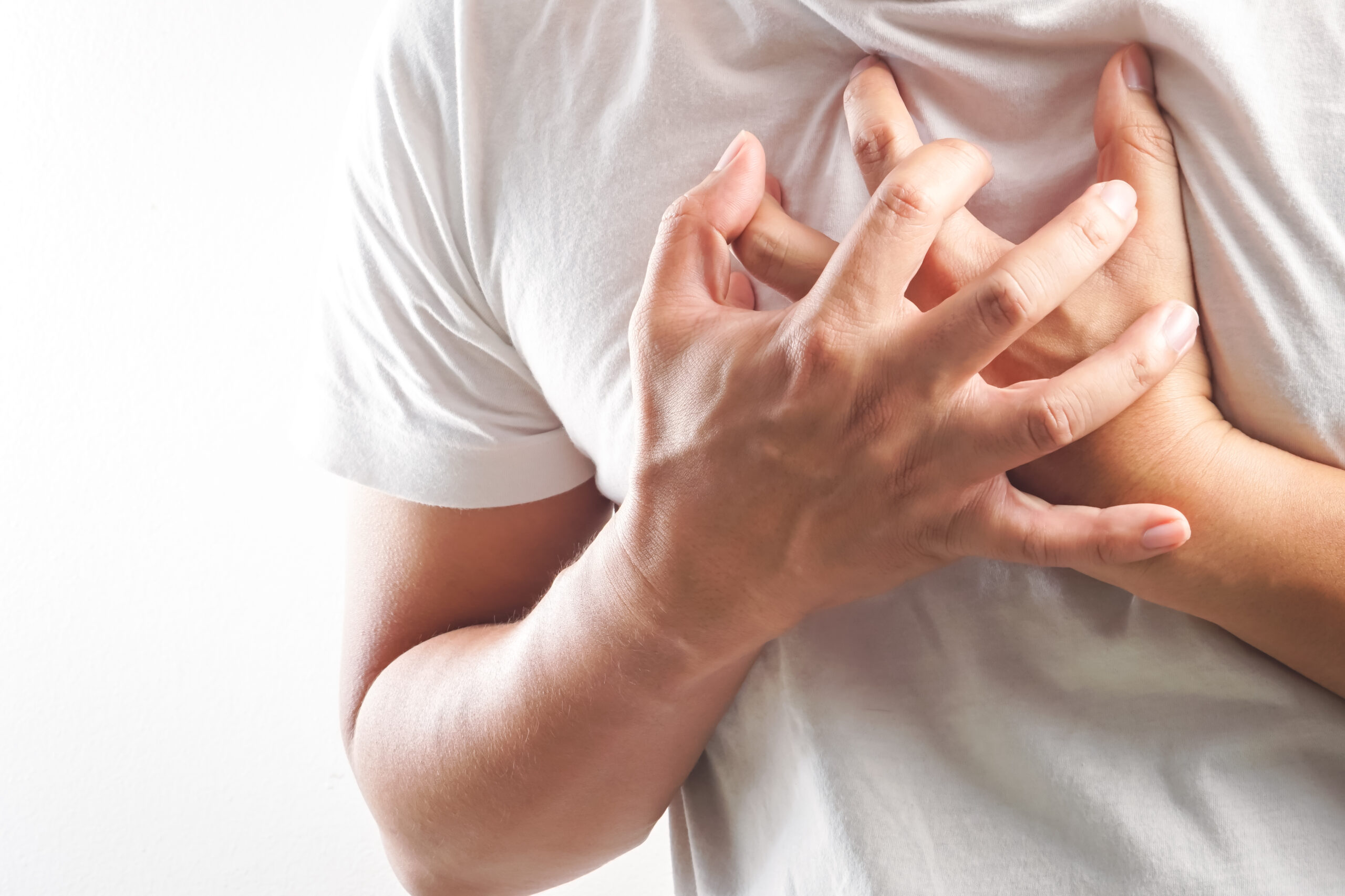What are the symptoms of a pulmonary contusion?
Pulmonary contusion, or bruising of the lung tissue, can cause a range of symptoms that may vary in severity depending on the extent of the injury. Common symptoms include:
- Chest pain: Often localized to the area of the injury.
- Shortness of breath: Difficulty breathing or feeling breathless.
- Cough: May be accompanied by blood-tinged sputum.
- Rapid breathing or shallow breathing: Increased breathing rate or shallow breaths.
- Decreased breath sounds: Reduced sounds when listening to the chest with a stethoscope.
- Hemoptysis: Coughing up blood or blood-streaked sputum.
- Cyanosis: Bluish discoloration of the skin or lips, indicating low oxygen levels.
- Hypoxemia: Low oxygen levels in the blood, which may be detected through blood tests or pulse oximetry.
- Fatigue or weakness: Feeling unusually tired or weak.
Symptoms can develop immediately after an injury or appear several hours later. In severe cases, pulmonary contusion can lead to complications such as respiratory distress or pneumonia.
What are the causes of a pulmonary contusion?
A pulmonary contusion is typically caused by trauma to the chest. Common causes include:
- Blunt chest trauma: Such as from motor vehicle accidents, falls, or direct blows to the chest.
- Falls: Especially from significant heights.
- Sports injuries: Particularly in contact sports where direct impact to the chest can occur.
- Assaults: Physical attacks involving blows or kicks to the chest.
- Explosions: The blast force from explosions can cause trauma to the chest.
- Industrial accidents: Involving heavy machinery or equipment.
In addition to external trauma, severe rib fractures or other injuries to the chest can also lead to pulmonary contusion. The injury causes damage to the lung tissue, resulting in bleeding and swelling within the lungs.
What is the treatment for a pulmonary contusion?
Treatment for a pulmonary contusion typically focuses on supportive care and addressing any complications. The approach often includes:
- Monitoring and Observation: Patients are usually closely monitored in a hospital setting to assess the severity of the injury and to watch for complications.
- Pain Management: Analgesics are used to manage pain, which can help with breathing and reduce the risk of pneumonia.
- Oxygen Therapy: Supplemental oxygen may be provided to ensure adequate oxygen levels in the blood.
- Ventilation Support: In severe cases, mechanical ventilation may be necessary to assist with breathing.
- Fluid Management: Careful management of fluids is important to avoid fluid overload, which can exacerbate pulmonary issues.
- Respiratory Therapy: Techniques such as incentive spirometry, chest physiotherapy, or deep breathing exercises may be employed to help clear secretions and improve lung function.
- Prevention of Complications: Antibiotics may be prescribed to prevent or treat infections, and blood thinners may be prescribed to prevent blood clots.
In most cases, with appropriate treatment and monitoring, patients recover from a pulmonary contusion over time.

Leave a Reply
You must be logged in to post a comment.